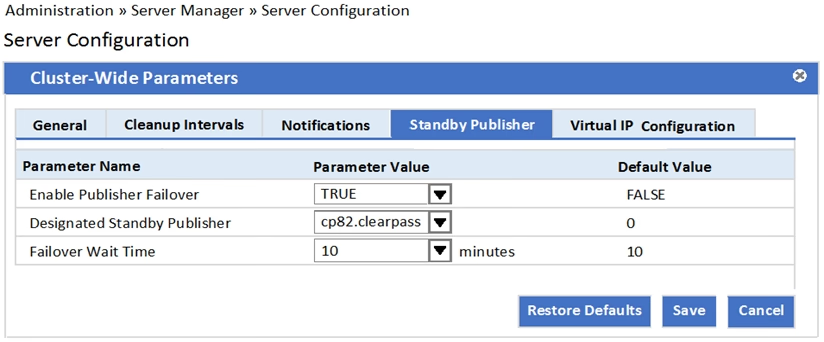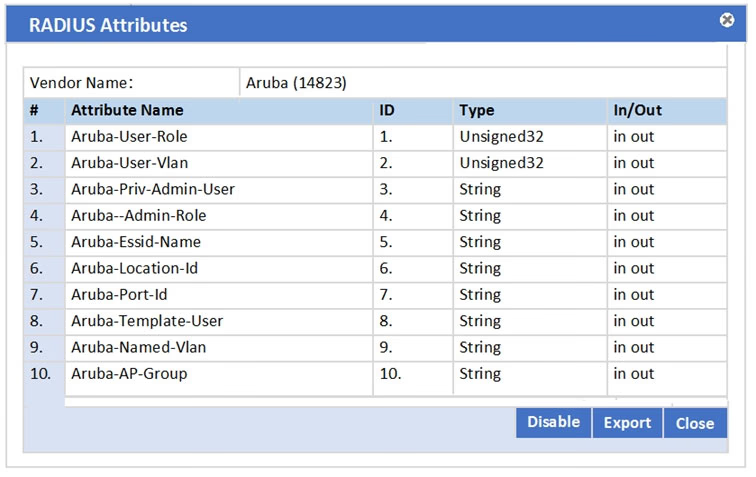Aruba Certified ClearPass Professional (ACCP) V6.7
Here you have the best HP ACCP practice exam questions
- You have 62 total questions to study from
- Each page has 5 questions, making a total of 13 pages
- You can navigate through the pages using the buttons at the bottom
- This questions were last updated on July 1, 2025
- This site is not affiliated with or endorsed by HP.

